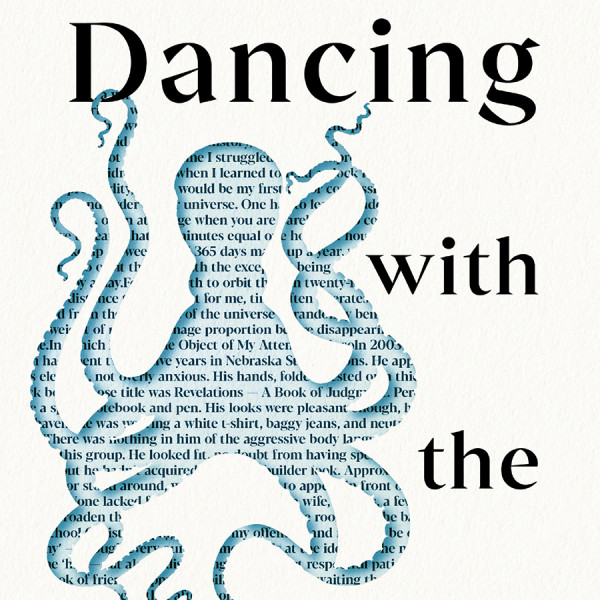
Families are complicated and that is exactly what Jessica Dettmann exposes in her latest novel, This Has Been Absolutely Lovely. The story centres around a large extended family and their struggles surrounding the death of the grandfather. The family events and celebrations that follow are the perfect set-up for serious themes that include heartache, motherhood, unfulfilled dreams, and mental health. It’s not all doom and gloom, as Dettmann does an incredible job of pulling these serious themes together with some witty humour.
The protagonist, Annie, battles endlessly to balance her desire for music stardom with her never-ending duties as a mother. Despite not being a mother, I found the concept of turmoil between one’s pursuit of their dreams and the obligations that come with relationships extremely relatable. Dettmann writes in a poetic way that pulls you tightly into her characters’ psyches.
“She would close her eyes and step off the cliff. Her body hummed with the thrill of the decision. How it would affect her kids, she still didn’t know, but they’d survive. She felt the force of her mother’s unlived dreams behind her, and her daughters’ and her grandparents’ unrealised futures.”
Having said this – and apologies in advance – the characters were absolutely not that lovely for me. With the exception of one or two, I found most of them incredibly irritating and unlikeable. I believe this is what held me back from truly enjoying this book. Selfishness and self-centredness are repeated attributes and felt so turned up at times that they even came off a little unrealistic.
Overall, this book has achieved what it set out to: exposing the complexities and seriousness of family life in an easy-to-read and engaging way. Although I was not fully charmed by the plot, I am certain that this book will tickle many who love dramas and are looking for an easy book to finish and discuss later with friends.












